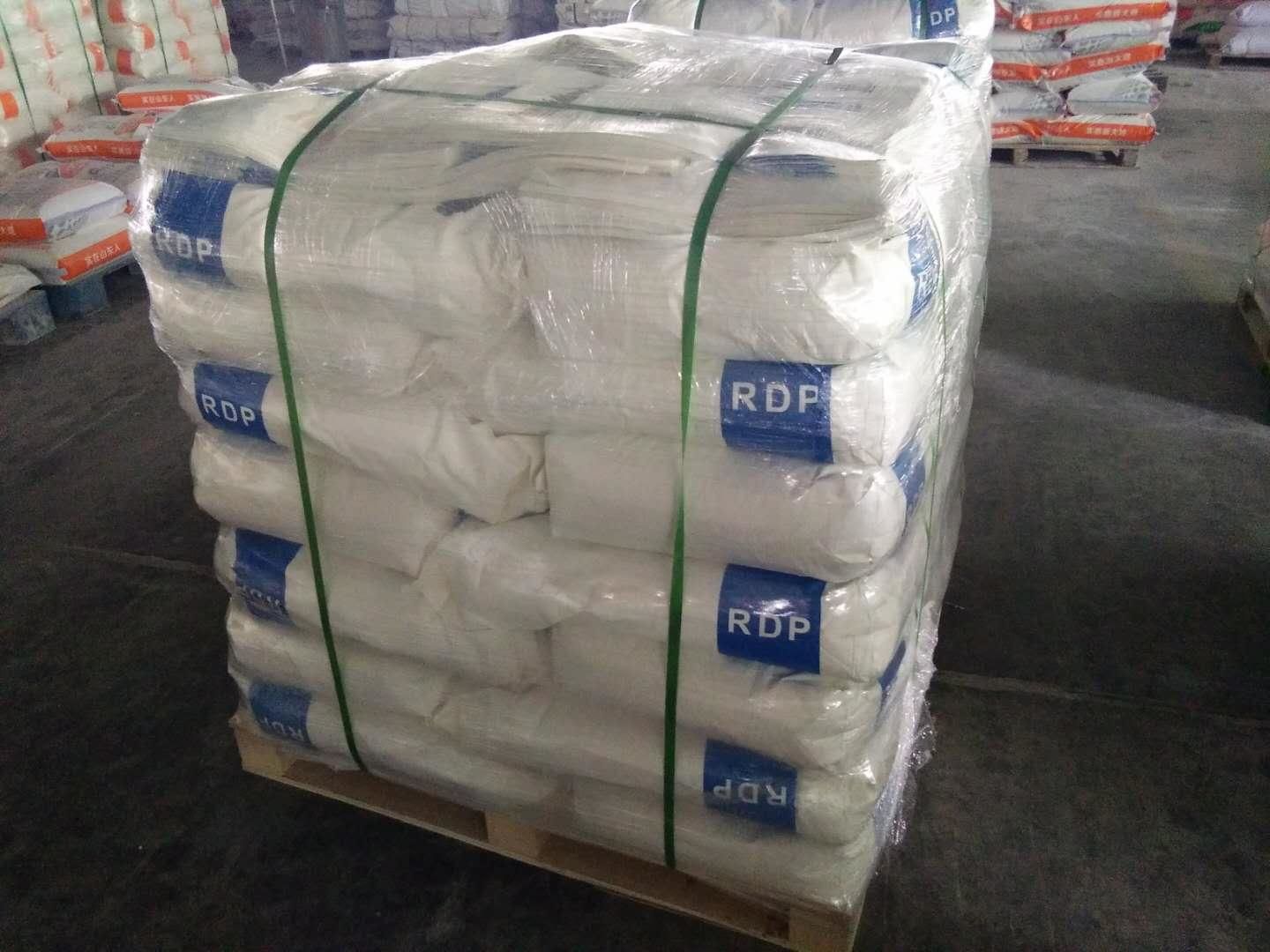Redispersible polymer powder (RDP) for mortar cement
Redispersible polymer powder (RDP) for mortar cement
Redispersible polymer powder (RDP) is a water-soluble powder that can be used to improve the properties of mortar and cement. RDP is made by polymerizing vinyl acetate and ethylene in an aqueous emulsion. The resulting emulsion was then spray dried to form a free flowing powder.
RDP is used in a variety of mortar and cement products including:
tile adhesive
self leveling mortar
Putty powder
crack filler
Insulation mortar
Cement-based plaster
Cementitious Coatings
RDP improves the performance of mortars and cements by:
increase water retention
Improve workability
increase tensile strength
increase bending strength
reduce shrinkage
increase water resistance
increase fire resistance
The manufacturing process of RDP is as follows:
Vinyl acetate and ethylene are polymerized in an aqueous emulsion.
The emulsion is spray dried to form a free flowing powder.
The powder is then packaged and shipped to the customer.
Here are some key factors that affect RDP quality:
The type of polymer used
polymer molecular weight
polymer concentration
Powder particle size
presence of impurities
RDP is a versatile product that can be used to improve the performance of a wide variety of mortar and cement products. By understanding the manufacturing process and the key factors that affect quality, manufacturers can produce RDPs that meet customer-specific needs.
Here are some additional benefits of using RDP in mortar and cement products:
RDP helps reduce the amount of water needed in mortar and cement mixes. This can lead to cost savings and environmental benefits.
RDP helps to improve the workability of mortar and cement mixtures. This can make applying the product easier and can reduce the risk of errors.
RDP helps to increase the strength and durability of mortar and cement products. This extends the life of the product and reduces the need for repairs.
Overall, RDP is a valuable tool that can be used to improve the performance of mortar and cement products. By understanding the benefits of RDP and the factors that affect its quality, manufacturers can make informed decisions about how to use the product to improve their products and processes.
